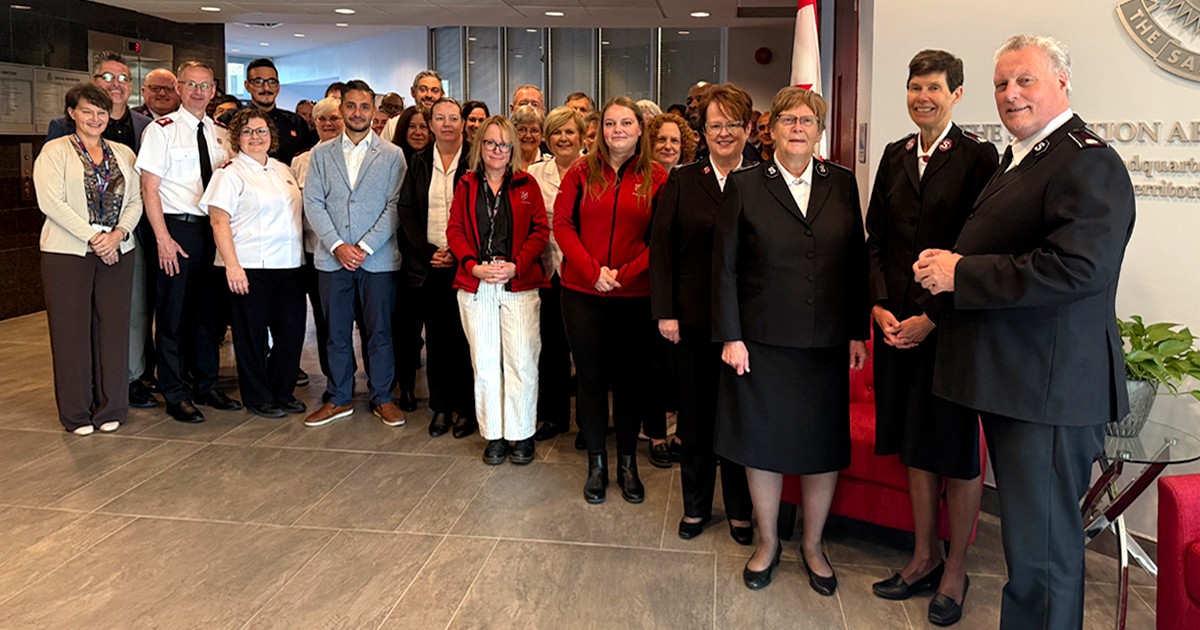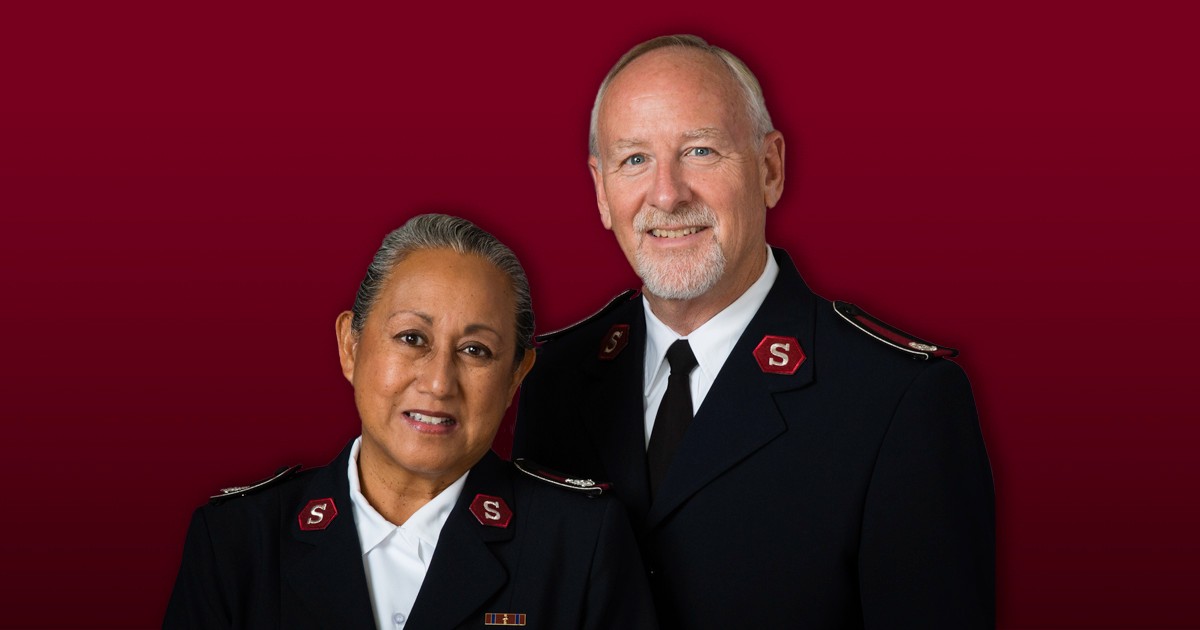Famed hymnwriter Robert Lowry wrote this well-known refrain: “No storm can shake my inmost calm while to that Rock I’m clinging. Since Christ is Lord of heaven and earth, how can I keep from singing?” In more recent times, Salvationist pop star Joy Webb sang, “I want to sing it, I want to shout it, I want to tell you all about it.” Singing is one of the ways that we engage with the gospel message and it allows us to reaffirm and share our faith and belief in God with one another. Unfortunately, in these days of the COVID-19 pandemic, singing has been deemed a high-risk activity. In fact, congregational singing may be absent from our corporate worship for the immediate future.
While we hope that this is a short hiatus, many meaningful alternatives can awaken our spirits the way raising our voices in song does. It is not going to be the same, we know this. There is no replacement for singing, but there are certainly ways we can both augment our personal devotional time while allowing a different expression of worship to emerge.
We can’t underestimate the importance of singing in our own homes. This is the one place where you can really let loose and have a sing-along within your family bubble. Even if you’re living alone, consider connecting with friends through live video to sing together.
This is the time for using the Salvation Army songbook as part of your daily devotions. In the 2015 edition of the songbook, you’ll find that every song has a Scripture reference listed. By singing the song, studying the lyrics and examining the Scripture reference, you can get personal with some of your favourite hymns. The best part? You don’t even need to be musical! With a quick internet search, you’ll likely find music videos and audio so that you can sing along.
Our worship services may only have one person singing, but our worship’s effectiveness doesn’t have to decrease. Here are some suggestions for corps to help keep the music alive:
1. Reflect on the Meaning
Allow time for your congregation to contemplatively reflect on the lyrics. How many times are we simply singing the words without pausing to think about their meaning? When it comes to introductions, have your leader be intentional about how each song connects with the Scriptural theme of the service. In doing so, you are providing a new point of reflection for your congregation.
2. Sing Without Raising Your Voice
Encourage your congregation to participate in non-vocal ways. They can hum, clap, tap their toes, stand and sway to the rhythm. By helping your congregation engage all their senses, you’ll extend their appreciation for and connection with the service.
3. Create Musical Variety
Consider using instrumental selections more frequently. Instead of relegating piano, band or other special music to the offering time, integrate them as part of the service. Properly introducing each piece and displaying lyrics or visuals on your PowerPoint are all ways that you can use hymns and worship songs in unique ways.
4. Get More Creative
Now may be the right time to introduce new forms of artistic worship. Dance, creative movement, poetry, painting, sculpture and dramatic monologue all have a place in our worship. This is a tremendous opportunity for discovering the unused talents of members of your congregation.
5. One Voice in Faith
Singing is all about sharing our faith and actively worshipping together. Consider bringing back the testimony period. Allow people to use their singular voice in sharing what God has done in their life.
6. Musical Accompaniment
Use music to underscore times of prayer or Scripture reading. Piano accompaniment played during the Scripture reading can help emphasize the message and interpretation of the passage provided it is appropriately selected.
The Salvation Army is uniquely equipped in that we have invested heavily in instrumental music since the Fry family first accompanied William Booth in Salisbury. Not to mention we have competent worship musicians on every instrument from the accordion to the zither. For these musicians, now is the time to shine. Not just to make music, but to integrate our music intentionally with the Scripture and teaching from our pulpits. Will it require better communication in planning and preparation, particularly among worship leaders and preachers? Perhaps, but really, this thoughtful integration of music and Scripture should always be part of service preparation. If this hasn’t been, now is the time for a reset.
There has been much written about the decline of singing in churches. Perhaps this moment of pause is our time to reflect, reassess and renew our commitment to singing our faith. Singing hasn’t stopped. Music hasn’t disappeared. Take this time to make your singing personal, which in turn will make it more meaningful. When we all do sing in harmony once again, the sound of our worship will undoubtably be more powerful, fresh and new.
Craig Lewis is the territorial music and gospel arts secretary.
Photo: doidam10/iStock via Getty Images Plus










Comment
On Saturday, August 8, 2020, Eva Galvez said:
On Wednesday, July 29, 2020, Bryn Hargreaves said:
On Tuesday, July 28, 2020, Colleen Winter said:
Leave a Comment